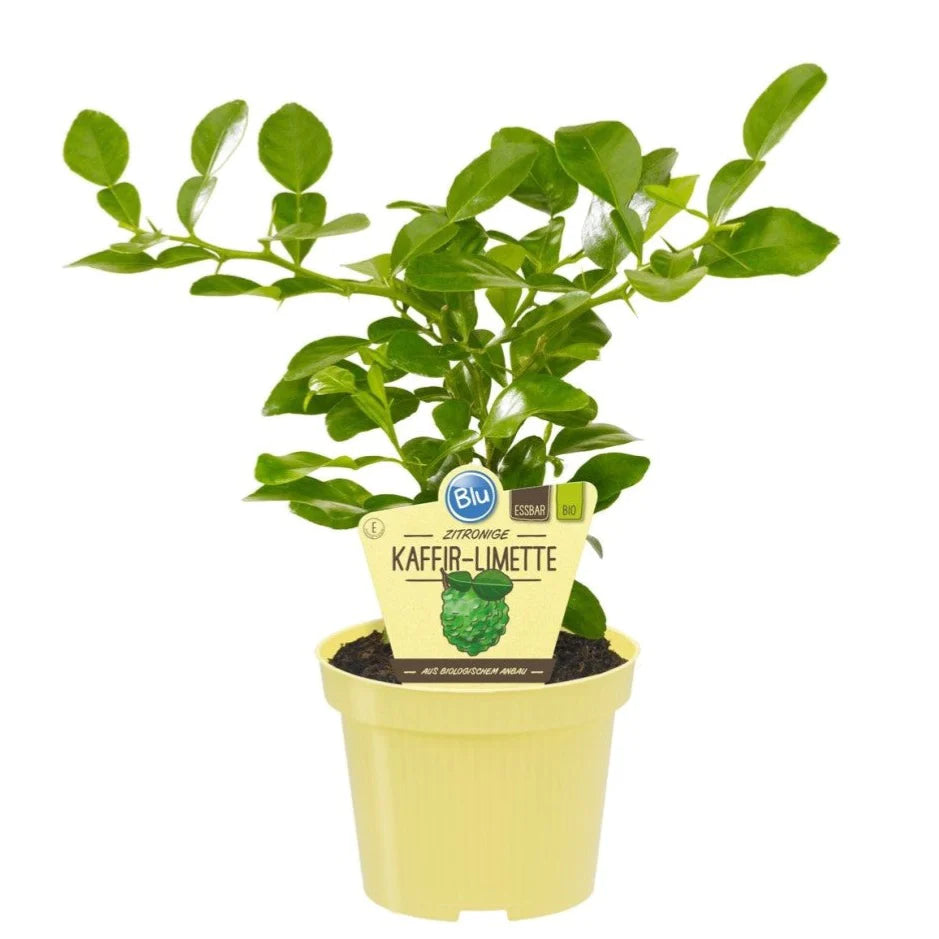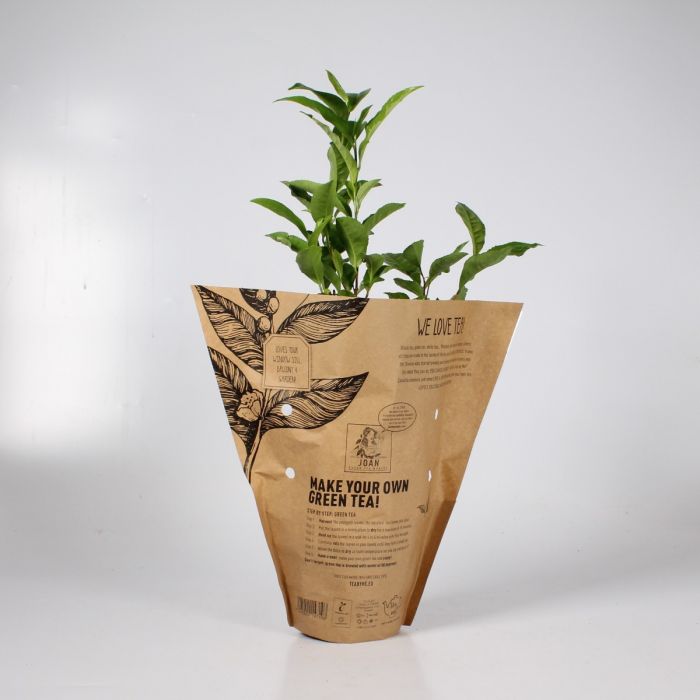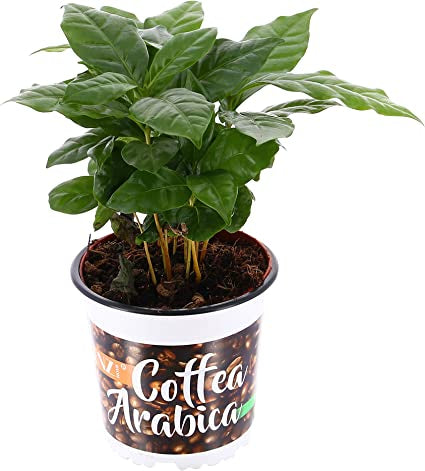Your Cart is Empty
FREE DELIVERY OVER £60
FREE DELIVERY OVER £60
PLANTS & FLOWERS
Office plants & Services
EXTERIOR PLANTING
CHRISTMAS TREES AND DISPLAYS
A Guide to Growing Herbs
5 min read

Naturally, most herbs thrive happily outside all year round in the UK and require very little maintenance to upkeep except the odd pruning when they become overgrown. This includes common herbs such as basil, coriander, mint, parsley, chive, thyme and rosemary to name a few. In order to grow these herbs inside, the more important thing to keep in mind is that you want to replicate the conditions that they would receive outside and apply this to your indoor care in terms of light, water, pot and soil.
Lighting
Firstly, to keep your herbs healthy and happy they need lots and lots of light! Herbs require bright light as a minimum to stay alive and even a decent amount of sunlight for them to thrive and grow big. Ideally they need to be in a position where they would receive a similar level of light as they would outside so positioning them next to a large window or door is preferable. In terms of giving them sunlight too, I would highly recommend an East or South facing window to get your herbs to thrive, as a north or west facing window will provide far less (if any) sunlight.
One of the most common reasons that people struggle growing herbs inside is that they often underestimate the amount of light that herbs require. Although it is nice to have them growing on your kitchen counter, they will wither and die fairly quickly within a week or two if they aren’t receiving a large amount of light. I personally find that the side next to the window often grows more than the side of the plant facing away so I recommend often rotating your herbs around to keep them even.
Watering
Secondly, herbs require a large amount of water to sustain themselves. If you imagine how much rain water they would receive when planted in a garden, they need a similar amount as this which is quite a lot! Your herbs like to stay constantly moist and to maintain this I water my herbs an average of every 3 days throughout the year, although this varies a little depending on the season and weather. You will notice that the more they are growing, such as in the spring and summer months, the thirstier the plant will be and it’s key that you regularly check on your herbs to assess how dry the soil is. If allowed to dry out, your herbs will often very visibly wilt which gives you a good warning that they are thirsty and they normally perk up very quickly when watered. Frequently subjecting them to underwatering though will stress the plant out and it’s leaves may start to crisp up and drop.
Soil mix
Planting your herb in the right soil mix is also a key part to helping it to thrive under your care. As they like to stay constantly moist, you want to plant your herb in a rich and water retentive soil mix made up of coco coir or peat. I personally recommend coco coir due to it being much more environmentally friendly compared to peat, but both work equally well.
You also want to make sure that your soil mix contains some sort of fertilizer like worm castings that break down naturally and give your herbs a healthy boost. I personally use Willy’s Worm Casts which claim to aid faster and stronger foliage and root growth and an increased resistance to pests! If adding worm castings to your soil is not an option though, you can also manually fertilize by adding one into your water when watering which works well too. Fertilizing your plant regularly will allow it to grow large and healthy in your soil mix.
Pot size
Lastly, you want to grow your herbs in a large pot to keep them alive and thriving. If you buy your herbs from the supermarket, they often come in small plastic pots. I’ve found that the herbs are often fairly root bound in these pots and sadly wither and die away quite quickly if kept in these pots. Contrary to the recommended advice for tropical houseplants (which like to stay rootbound), I'd recommend repotting your herb straight away into a pot double in size. Herbs have very large root systems which help them to take in the large amounts of water that they need to survive and so a larger pot will allow for this needed root growth. Planting your herbs in a larger pot will also help to prevent the soil from drying out quite as quickly and make it a little easier on you to look after them (particularly for time where you are away for a week for example).
This is also beneficial as allowing the herb to grow a larger root system will also help to encourage and support more top growth resulting in a large and full looking plant!
Things to watch out for
As lovely as growing herbs is, We do have to warn you that it may not be all easy sailing. We've discovered from my own experience of growing an indoor herb garden that unfortunately herbs are huge pest magnets and this is definitely something to be wary of. We would highly recommend that you check your herbs frequently for pests and try to catch an infestation in the early days as iit will make it much easier to treat your plant.
We’ve found that herbs such as mint, basil, coriander and parsley all seem to be very susceptible to spider mites (who knew they loved the taste of herbs so much). Once on a herb, spider mites are near impossible to get rid of as herbs have so many tiny leaves and crevices for them to hide in. we’ve resorted in the past to putting my herbs outside as spider mites do not survive well outside (particularly in the winter) and letting nature run its course. However if moving your herbs outside this isn't an option, we’d recommend throwing the plant away instead. Spider mites can easily spread throughout your plant collection if you have others and keeping a cheap infested herb just simply isn't worth the risk in my opinion!
Herbs with thicker and woody stems such as mint, basil and rosemary also seem to be fairly susceptible to scale infestations. These can be a little easier to treat with a pesticide spray (as they won’t often hide on the leaves) although they can still spread to your other houseplants. Therefore I’d recommend treating them outside or quarantining the herb away from your other plants if possible.
Conclusion
To summarise, growing herbs inside is a fun and easy way to grow your own fresh seasoning for your cooking or drinks with far more flavour than dried herbs. We would definitely recommend starting off with one herb to test your conditions and building up once you’ve got the hang of caring for them. Herbs plants can grow to quite a large size when they are happy and you may need to prune back your herbs once they reach a certain size. Don’t be afraid to chop them back though as this will help to encourage them to become bushier and full-looking.
When taking leaves and cuttings from your herbs to use, it’s important to note that you should not remove too much of the plant at once, particularly if it is a new one and still establishing itself within your home. Removing too much of the herb can cause damage and shock to the plant and may kill it, so we'd recommend not removing more than a quarter at one time and letting the plant regrow before recutting it. If you're frequently harvesting from the herb, remove as little as you can at a time to allow the herb to regrow as quickly as you harvest.
Leave a comment
Comments will be approved before showing up.
Subscribe
Sign up to get the latest on sales, new releases and more …













































